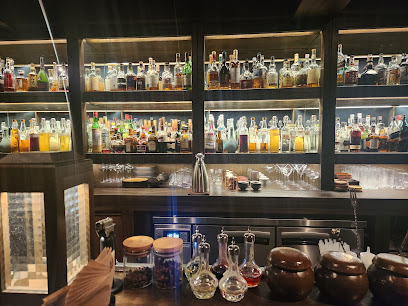
Discover the Charm of Insadong Culture Street
Explore Insadong Culture Street: A Vibrant Blend of Traditional Korean Culture, Art, and Modern Creativity in the Heart of Seoul.
Insadong Culture Street is a vibrant hub in Seoul, rich in tradition and modern creativity, offering tourists a unique blend of art, shopping, and history. Stroll through its charming streets lined with galleries, tea houses, and artisan shops that showcase Korea's cultural heritage. This lively area is perfect for those looking to experience the essence of Korean culture amidst a modern urban backdrop.
A brief summary to Insadong Culture Street
- 30-9 Gwanhun-dong, Jongno District, Seoul, KR
Local tips
- Visit on a weekend to enjoy street performances and local events.
- Try traditional Korean tea at one of the local tea houses for an authentic experience.
- Participate in a pottery or calligraphy workshop for a unique souvenir.
- Explore nearby historical sites like Gyeongbokgung Palace for a complete cultural experience.
- Take your time to browse through the antique shops for unique finds.
Getting There
-
Walking
If you're already in Insadong, you can easily walk to Insadong Culture Street. Start from Insadong-gil, which is the main street in the area. Head south until you reach the intersection with Gwanhun-dong. Turn left onto Gwanhun-dong and continue walking straight for about 5 minutes. You will see signs directing you to Insadong Culture Street. It's a vibrant area filled with galleries, tea shops, and traditional craft stores.
-
Public Bus
If you are a bit farther away, you can take a local bus. Look for bus stops along Insadong-gil and catch either bus number 1 or 2. These buses run frequently and will take you towards the Jongno district. Get off at the 'Insadong' stop. From there, it's a short 5-minute walk down Gwanhun-dong to reach Insadong Culture Street. The bus fare is approximately 1,250 KRW.
-
Subway
For those near a subway station, the nearest subway station is Anguk Station on Line 3 (the orange line). Take the subway in the direction of the station. Once you arrive at Anguk Station, take exit 6. From the exit, you can walk straight for about 10 minutes. You will pass by beautiful traditional houses and shops on your way. Continue straight until you reach the intersection with Gwanhun-dong, where you can turn left to find Insadong Culture Street. The subway fare is around 1,350 KRW.
Discover more about Insadong Culture Street
Iconic landmarks you can’t miss
Insadong-gil
0.1 km
Discover the cultural heart of Seoul at Insadong-gil, where traditional arts, crafts, and culinary delights await travelers in a vibrant atmosphere.
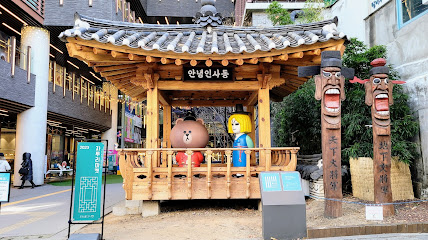
Hanok-gil (Insadong-gil)
0.3 km
Discover the cultural richness and architectural beauty of Hanok-gil in Insadong, the heart of traditional Seoul's art and history.
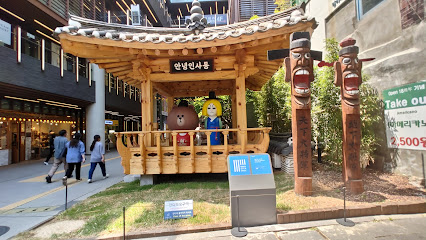
Neungseongwi Palace site
0.4 km
Explore the Neungseongwi Palace site in Seoul, a historical landmark showcasing Korea's royal heritage and stunning architecture amidst serene gardens.
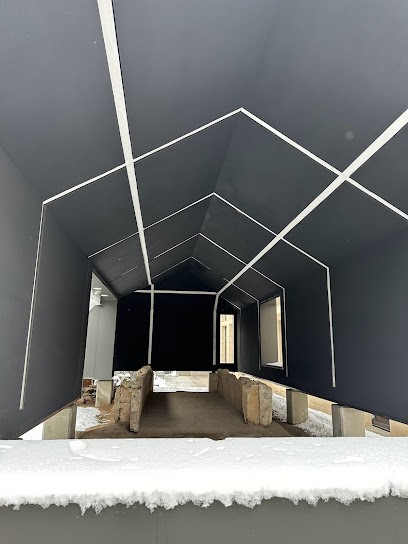
Donhwamun Gate
0.5 km
Explore the historical splendor of Donhwamun Gate, the majestic entrance to Gyeongbokgung Palace in the heart of Seoul, Korea's vibrant capital.
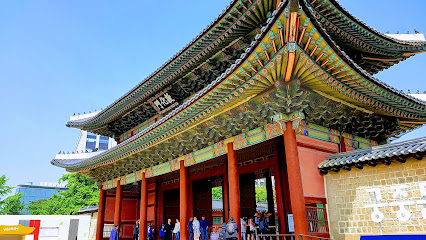
Jonggak Avenue of Youth
0.6 km
Experience the vibrant energy of Jonggak Avenue of Youth in Seoul, where culture, nightlife, and delicious street food come together.
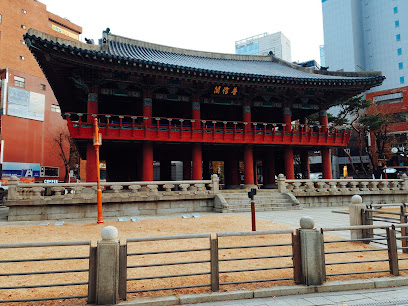
Bigag
0.6 km
Explore Bigag in Jongno District, a vibrant blend of cultural heritage and modernity in the heart of Seoul, where every corner tells a story.
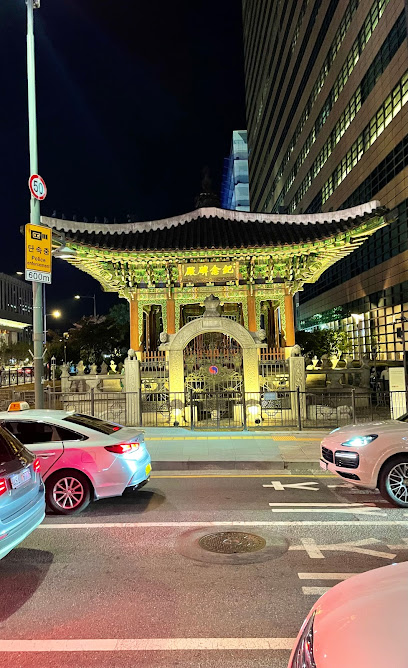
Jongno 3(sam)-ga Pocha Street
0.6 km
Explore the vibrant Jongno 3(sam)-ga Pocha Street, a cultural landmark in Seoul offering a taste of authentic Korean street food and lively nightlife.
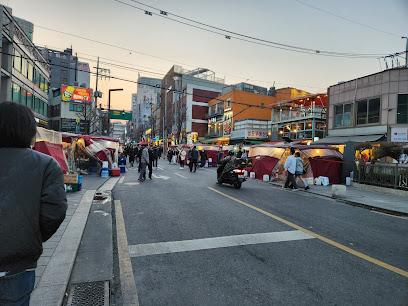
Dongsipjagak
0.6 km
Explore Dongsipjagak, a historical landmark in Seoul that embodies Korea's royal heritage and stunning architectural beauty.
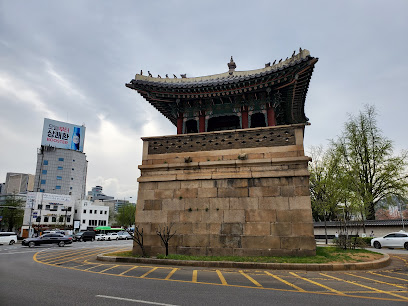
Jongno in Joseon Dynasty Well
0.6 km
Explore the Jongno in Joseon Dynasty Well, a historical landmark in Seoul that unveils Korea's rich heritage and offers a serene escape in the urban landscape.
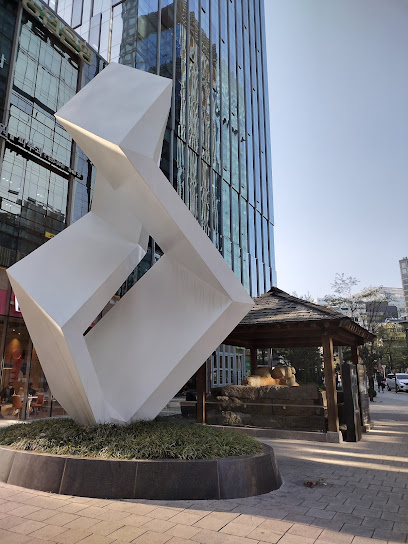
Seoul Cheonggyecheon Ruins
0.7 km
Explore the Cheonggyecheon Ruins in Seoul, a historical site where ancient culture meets urban beauty, ideal for history lovers and urban explorers alike.
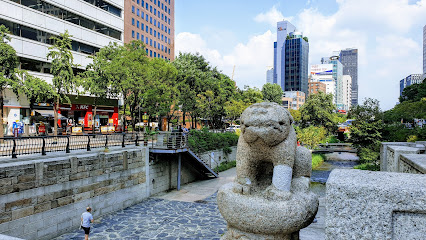
Hanwha Bulkkot-gil
0.7 km
Explore the serene Hanwha Bulkkot-gil, a charming pathway in Seoul that blends natural beauty with rich cultural heritage.
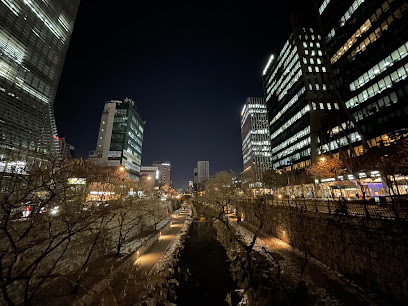
Changdeokgung
0.7 km
Explore the beauty and history of Changdeokgung Palace, a UNESCO World Heritage Site and a stunning example of traditional Korean architecture.
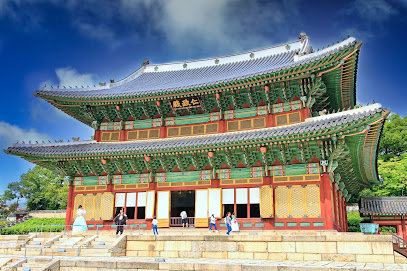
Bukchon Hanok Village
0.8 km
Discover the beauty of traditional Korean culture at Bukchon Hanok Village, a charming enclave of historic hanoks in the heart of Seoul.
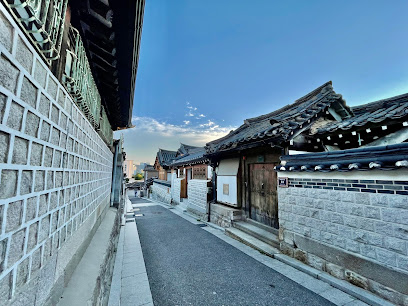
Statue of King Sejong the Great
0.8 km
Discover the legacy of King Sejong the Great at his majestic statue in the heart of Seoul, a cultural landmark celebrating Korea's rich heritage.
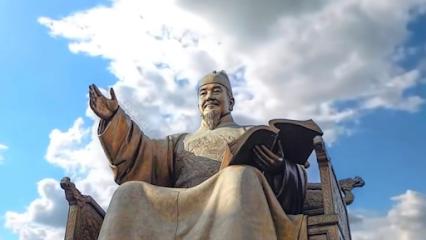
Gwanghwamun Gate
0.8 km
Explore Gwanghwamun Gate, a historic entrance to Gyeongbokgung Palace, showcasing the architectural beauty and cultural significance of Seoul.

Unmissable attractions to see
Kyungin Museum of Fine Art
0.0 km
Explore the artistic heritage of Korea at the Kyungin Museum of Fine Art, a must-visit destination for art lovers in Seoul.
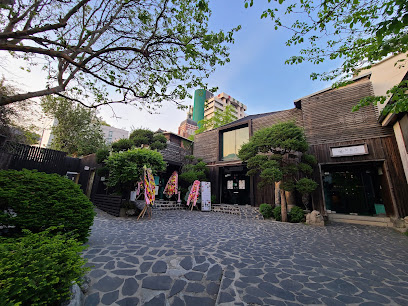
KyungIn Art Gallery Dawon
0.0 km
Experience the tranquility of traditional Korean tea culture at KyungIn Art Gallery Dawon, a unique teahouse and art gallery in the heart of Seoul.
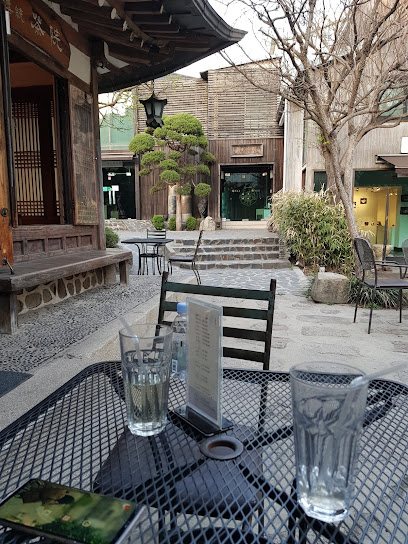
Osegye Hyang
0.1 km
Discover the essence of vegan Korean cuisine at Osegye Hyang, a culinary gem nestled in the heart of Seoul's historic Insadong district.
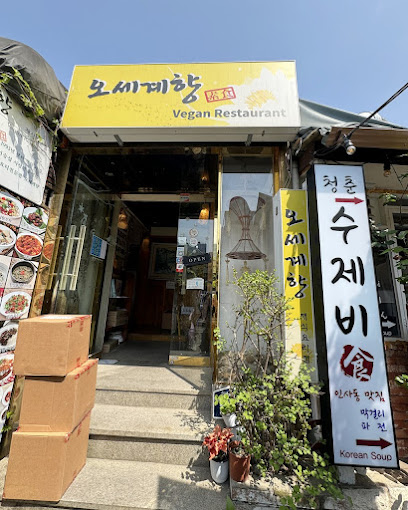
Tteul & Dawon
0.1 km
Experience the tranquility and rich flavors of Korea at Tteul & Dawon, a traditional teahouse in the heart of Seoul's historic Jongno District.
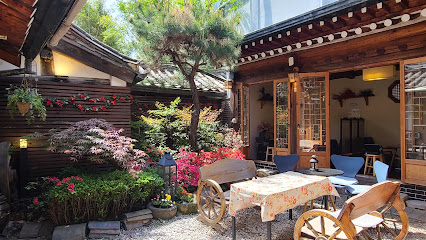
Traditional Teahouse Insadong
0.1 km
Discover the rich heritage of Korean tea culture at Traditional Teahouse Insadong, a serene escape in the heart of Seoul's vibrant Insadong district.
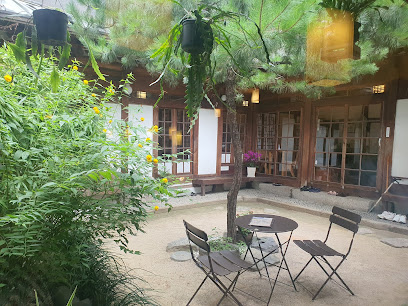
Hanok Tea House
0.1 km
Discover tranquility and traditional Korean tea culture at Hanok Tea House in the heart of Seoul's historic Jongno District.
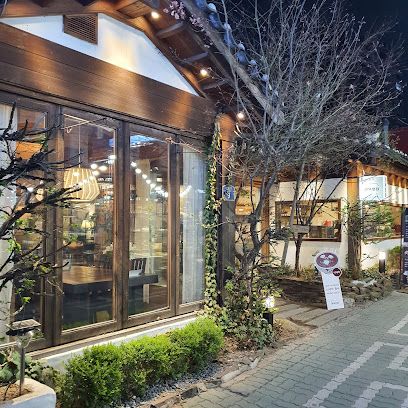
Museum Kimchikan
0.1 km
Explore the fascinating world of kimchi at Museum Kimchikan, Seoul's premier heritage museum dedicated to Korea's beloved dish.
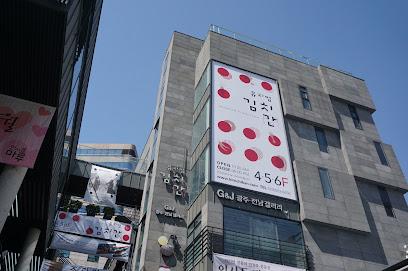
Insadong-gil Street
0.1 km
Discover Insadong-gil Street, Seoul's cultural epicenter, where tradition meets modern artistry in a vibrant atmosphere.
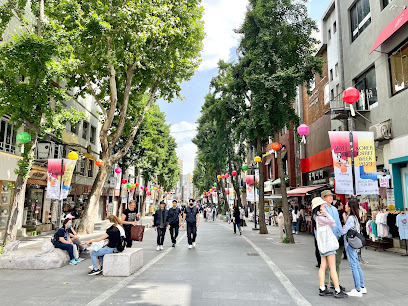
Sinyet chatjip (Shin Tea House)
0.2 km
Discover the tranquility of traditional Korean tea at Sinyet Chatjip, a must-visit teahouse in Seoul's historic Jongno District.
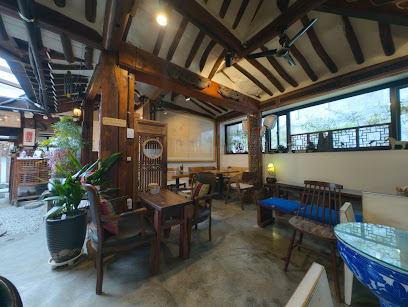
Colorpool Museum
0.2 km
Discover the Colorful World of Art at Colorpool Museum in Seoul's Jongno District – A Sensory Experience for All Ages.
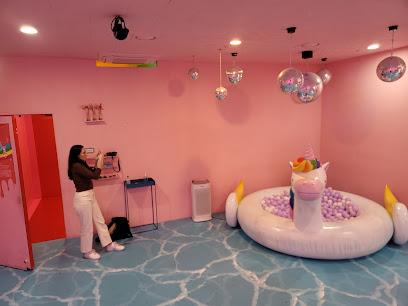
Unhyeongung Palace
0.2 km
Discover the elegance of Unhyeongung Palace, a serene cultural landmark in Seoul offering a deep dive into Korea's royal history and stunning architecture.
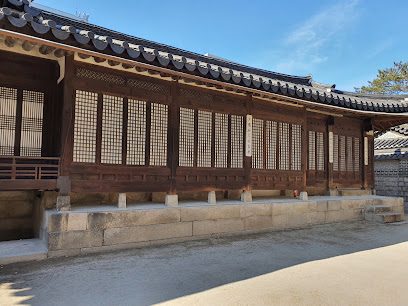
Unhyeongung
0.2 km
Discover the beauty and history at Unhyeongung, a cultural landmark in Seoul that invites you to explore Korea's royal past amidst serene gardens and traditional architecture.
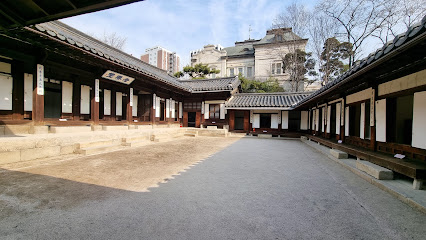
Teastory | Beautiful Tea Museum
0.2 km
Discover the enchanting world of tea at Teastory, a unique tea museum and cafe in Jongno District, Seoul, perfect for tea lovers and curious travelers.
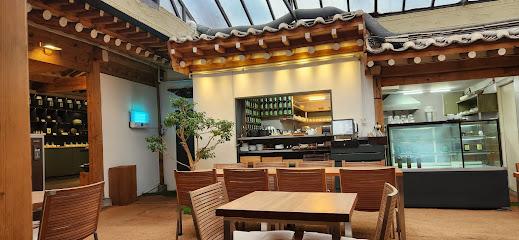
Insadong Information Center
0.2 km
Explore the cultural heartbeat of Seoul at the Insadong Information Center, where tradition meets modern artistry in a vibrant neighborhood.

Insa Central Museum
0.2 km
Explore the Insa Central Museum, a cultural gem in Seoul's Jongno District, showcasing the best of Korean art and heritage.
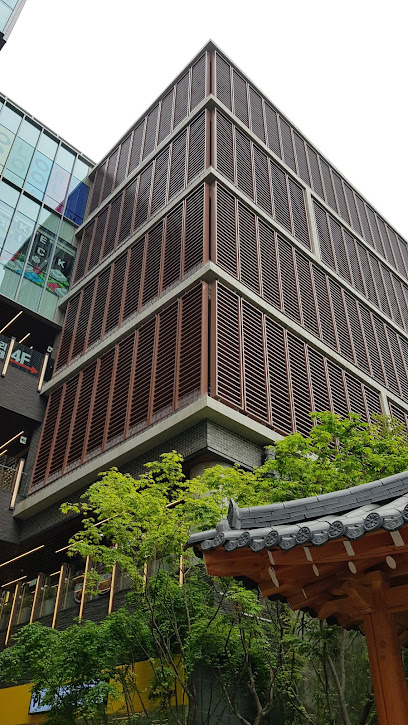
Essential places to dine
Sanchon
0.1 km
Discover authentic Korean vegetarian cuisine at Sanchon in Seoul's historic Insadong district—an unforgettable dining experience steeped in tradition.
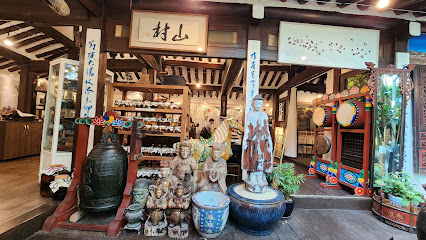
Doma Insadong
0.1 km
Discover authentic Korean flavors at Doma Insadong in Seoul's historic Insadong district – a perfect blend of tradition and taste.
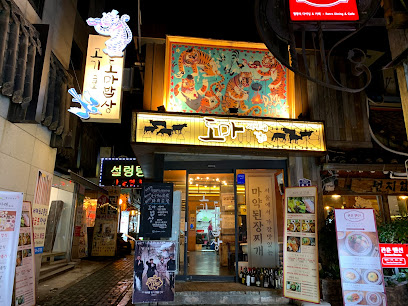
Ha-Yeon Korean Cuisine Restaurant
0.1 km
Savor authentic Korean traditional full-course meals at Ha-Yeon in Jongno-gu, where every dish tells a story.
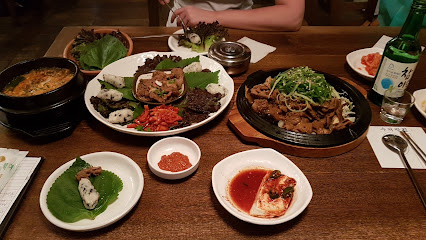
Insadong Geujip
0.1 km
Experience authentic Korean flavors at Insadong Geujip - where tradition meets culinary excellence in Seoul's historic district.
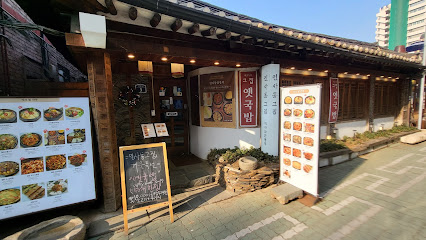
Korean Restaurant Doore
0.1 km
Experience the essence of traditional Korean dining at Doore - where every dish tells a story.
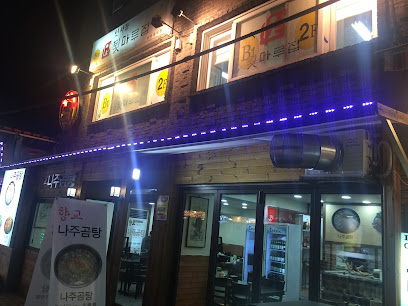
PyeongYang Gogitjip
0.2 km
Experience authentic Korean BBQ at PyeongYang Gogitjip in Jongno District, where flavors meet tradition in every grilled bite.
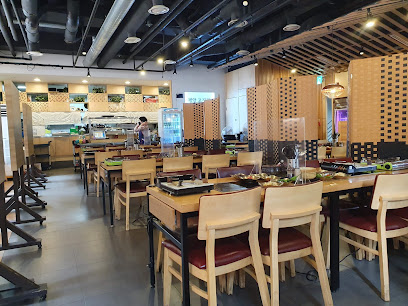
Insadong gukbap
0.2 km
Experience authentic Korean gukbap at Insadong Gukbap in Seoul - where tradition meets flavor in every bowl.
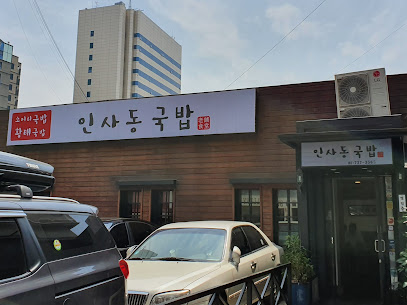
Hanuso
0.2 km
Experience authentic Korean cuisine at Hanuso in Insadong, where tradition meets modern dining in an unforgettable culinary journey.
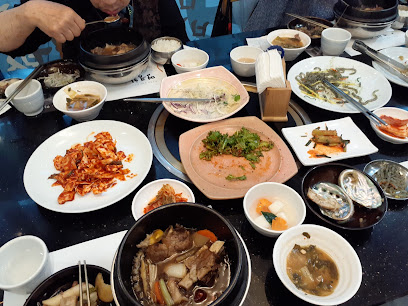
Yangbandaek
0.2 km
Experience authentic Korean flavors at Yangbandaek in Jongno District, where traditional cuisine meets warm hospitality.
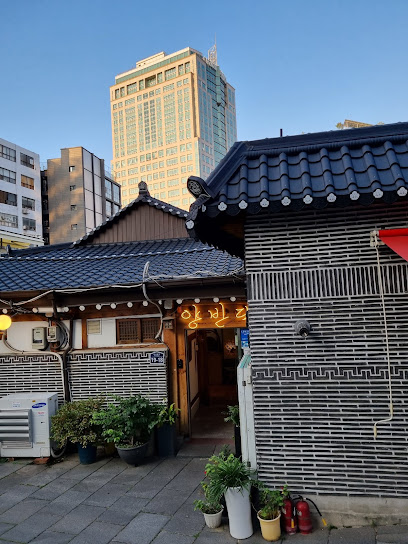
Korean Folk Village
0.2 km
Discover Korea's rich heritage at Korean Folk Village – an open-air museum showcasing traditional life with performances, crafts, and delicious cuisine.
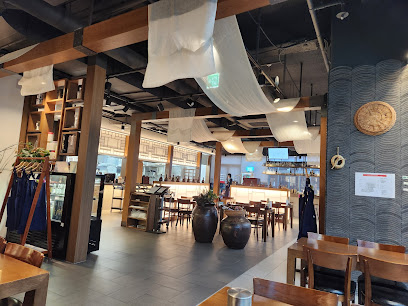
Tteulag
0.3 km
Discover Tteulag: A Culinary Haven in Seoul's Insadong District Offering Authentic Korean Flavors and Warm Hospitality.
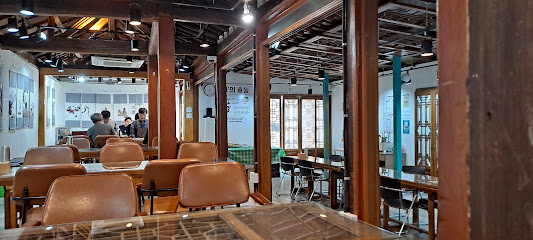
Tteok Salon Insadong
0.3 km
Experience authentic Korean rice cakes at Tteok Salon Insadong - a culinary gem in Seoul's historic Insadong district.
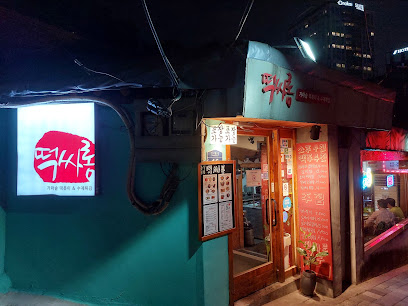
Dugahun
0.6 km
Experience authentic Italian flavors at Dugahun in Jongno District, Seoul – where culinary excellence meets vibrant atmosphere.
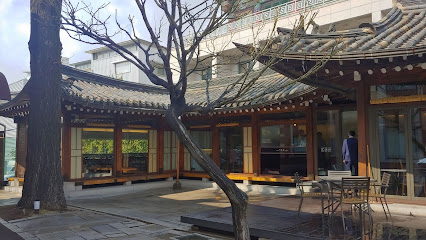
The Restaurant
0.9 km
Experience the perfect fusion of Haute French and Italian cuisine at The Restaurant in Seoul's Jongno District.
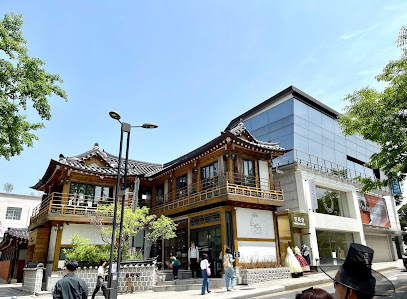
The Market Kitchen
1.0 km
Explore culinary excellence at The Market Kitchen in Seoul with an expansive buffet featuring global flavors and local specialties.
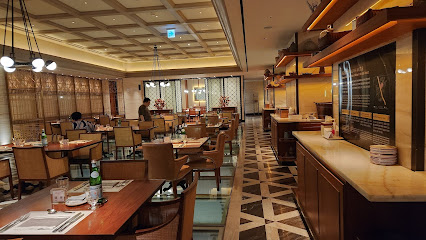
Markets, malls and hidden boutiques
Ssamziegil
0.1 km
Explore the artistic heart of Seoul at Ssamziegil, where traditional crafts meet modern shopping in a vibrant cultural hub.
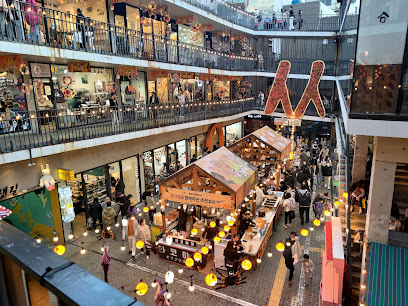
Moony Gongbang Music Box (무늬공방 도자기 오르골)
0.1 km
Discover the magic of handcrafted music boxes at Moony Gongbang in Seoul's Jongno District, where melodies and memories intertwine beautifully.
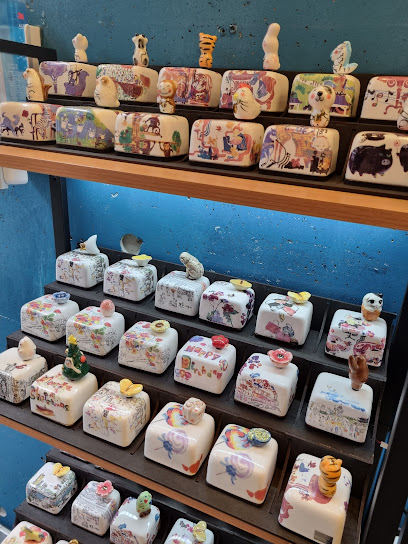
Insadong Vintage
0.1 km
Explore the rich tapestry of fashion history at Insadong Vintage, where each unique piece brings a story from the past to your wardrobe.
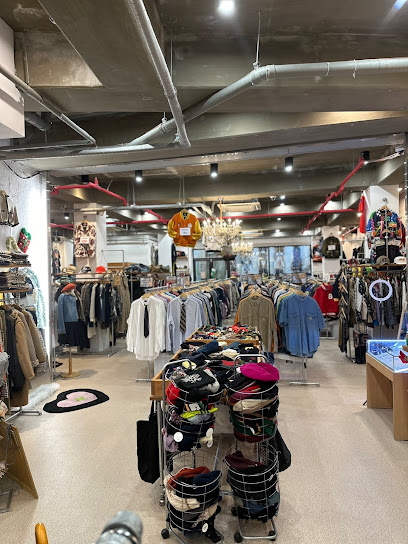
Kukje Embroidery
0.1 km
Discover the artistry of Korean embroidery at Kukje Embroidery, a unique gift shop in the heart of Seoul's Insa-dong district.
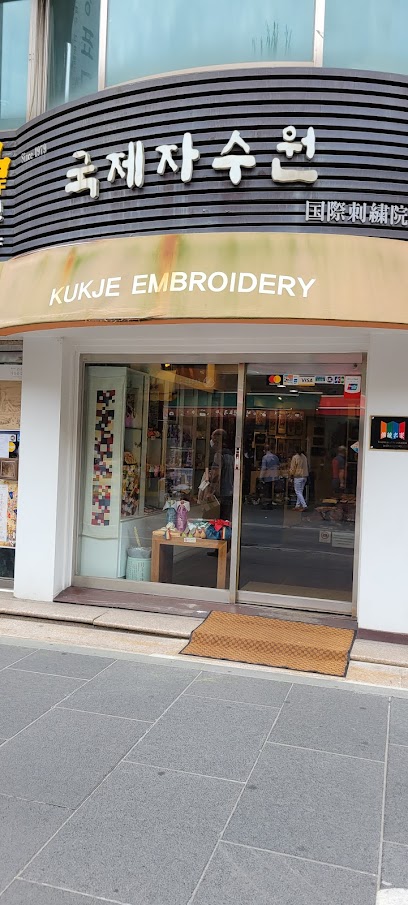
세령 (Korean HandMade Highclass Traditional Accessory)
0.1 km
Discover 세령: Your Destination for Exquisite Handmade Traditional Accessories in Seoul, Celebrating Korean Artistry and Culture.
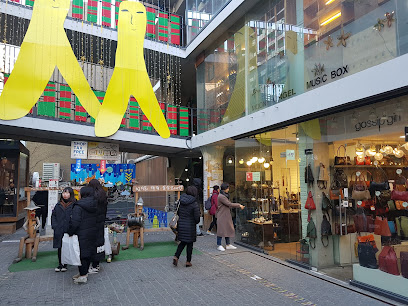
Insadong Bells and Wind Chimes Shop
0.1 km
Explore the enchanting Insadong Bells and Wind Chimes Shop in Seoul, a treasure trove of handcrafted gifts that capture the spirit of Korean culture.

Yeon
0.2 km
Discover Yeon, a charming gift shop in Seoul, offering unique handmade products that reflect Korea's rich cultural heritage.

Korean National Souvenir Center
0.2 km
Explore the Korean National Souvenir Center for unique handcrafted gifts and authentic cultural experiences in the heart of Seoul.
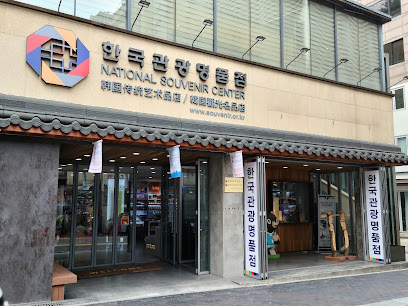
YG Place Insa Branch
0.2 km
Explore the vibrant world of K-pop at YG Place Insa Branch, Seoul's premier music store, offering exclusive merchandise and a taste of Korean music culture.
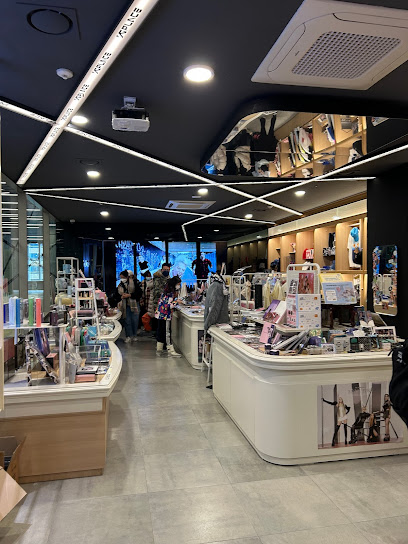
Etro Boutique
0.2 km
Discover the elegance of Italian fashion with unique prints and luxurious fabrics at Etro Boutique in Seoul, a must-visit for style enthusiasts.

Korea Traditional Souvenir Center
0.3 km
Explore authentic Korean culture at the Korea Traditional Souvenir Center, home to unique handcrafted treasures and traditional memorabilia.

인사1길
0.3 km
Explore the charm of Korean craftsmanship at Insa1-gil, a unique home goods store in Seoul's historic Insa-dong district.
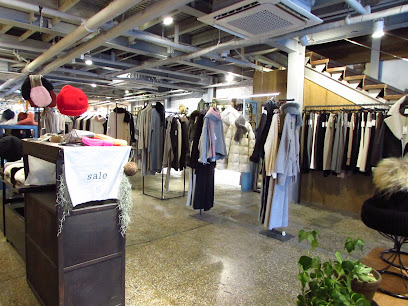
AEOL SSIGU MADANG
0.3 km
Explore vintage treasures at AEOL SSIGU MADANG in the heart of Seoul's Insa-dong, where retro fashion meets a vibrant cultural scene.
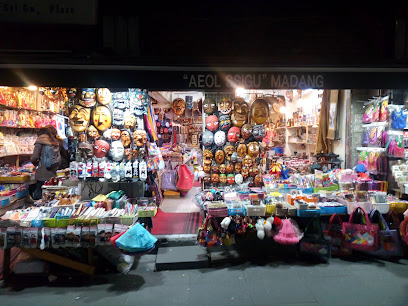
Eunso
0.3 km
Discover the essence of Korean craftsmanship at Eunso, the perfect gift shop in the heart of Insadong, Seoul.

Damul
0.3 km
Explore Damul in Insa-dong, where traditional Korean fashion meets contemporary style in a vibrant shopping experience.

Essential bars & hidden hideouts
Insadong Nogari
0.3 km
Experience the vibrant nightlife of Seoul at Insadong Nogari, a traditional bar offering delicious drinks and a welcoming atmosphere in the heart of Insadong.

Seochon Dokkaebi
0.3 km
Discover Seochon Dokkaebi, a vibrant bar in Seoul that blends traditional Korean culture with modern nightlife, perfect for an unforgettable experience.
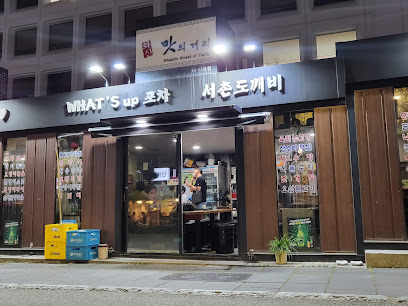
Tongkeun Imo
0.3 km
Discover the lively essence of Seoul's nightlife at Tongkeun Imo, a cozy bar in Insa-dong offering unique local drinks and a welcoming atmosphere.
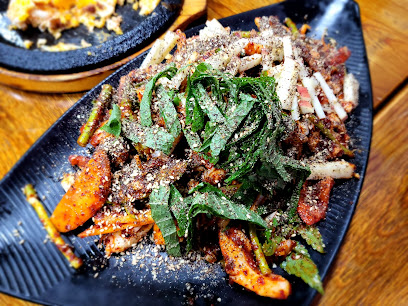
Tou
0.3 km
Experience the authentic taste of Korea at Tou, a Korean rice wine pub in Jongno District, where culture and flavor come alive.

Haejeo
0.3 km
Discover Haejeo, a unique bar in Insa-dong, Seoul, where traditional culture meets modern mixology for an unforgettable experience.

Jongnoilbeonzi
0.4 km
Discover the vibrant nightlife of Jongnoilbeonzi, a perfect bar to unwind in the heart of Seoul's cultural district, Insa-dong.
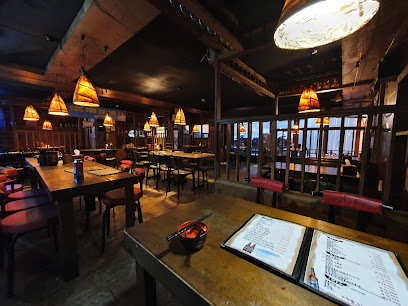
마당쇠호프
0.4 km
Discover the local charm of Seoul at 마당쇠호프, a popular bar in Insa-dong offering delicious drinks and a vibrant social atmosphere.
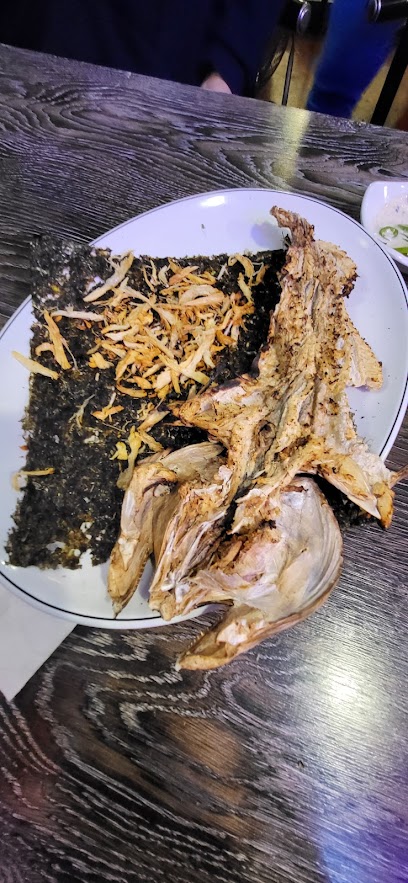
Ikseon bar Orb of Light Cocktail & Wine bar
0.4 km
Experience the exquisite blend of cocktails and wines at Seoul's enchanting Ikseon bar Orb of Light, a hidden gem in the heart of the city.
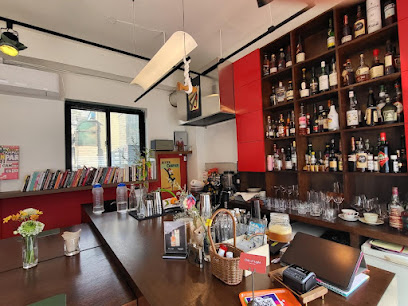
OB's Cabin
0.4 km
Experience the vibrant nightlife of Seoul at OB's Cabin, a live music bar where local talent shines in an intimate setting.
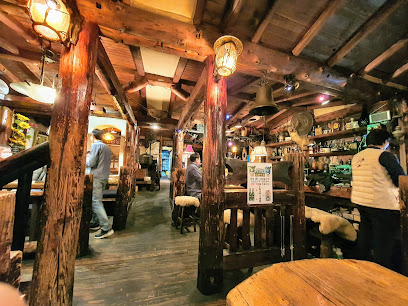
레벤호프
0.4 km
Immerse yourself in Seoul's nightlife at 레벤호프, where traditional charm meets modern mixology in the heart of Insa-dong.

Ranka House Pub and Bar
0.5 km
Discover the lively ambiance and diverse drink selection at Ranka House Pub and Bar in the heart of Seoul's Jongno District.
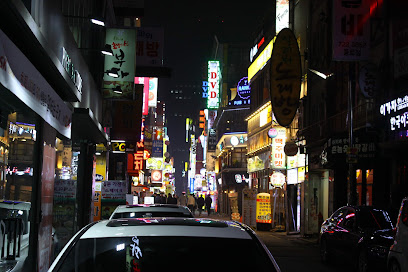
The Flair Bar
0.6 km
Discover The Flair Bar in Seoul - a lively nightlife destination offering innovative cocktails, a vibrant atmosphere, and a taste of local culture.
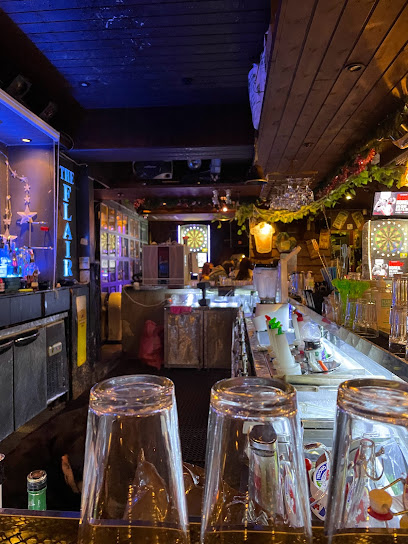
Bar 420
0.7 km
Discover Bar 420 in Seoul: A cozy wine bar where exquisite flavors meet a warm atmosphere, perfect for sipping and savoring.
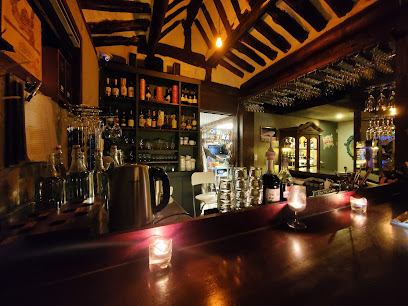
I Love Pub
0.8 km
Experience the vibrant nightlife at I Love Pub in Jung-gu, Seoul, where friendly service meets a lively atmosphere and delicious drinks.

Ghiwon22
0.9 km
Discover Ghiwon22: A chic cocktail bar in Myeong-dong, blending local Korean flavors with innovative drinks in a vibrant atmosphere.
